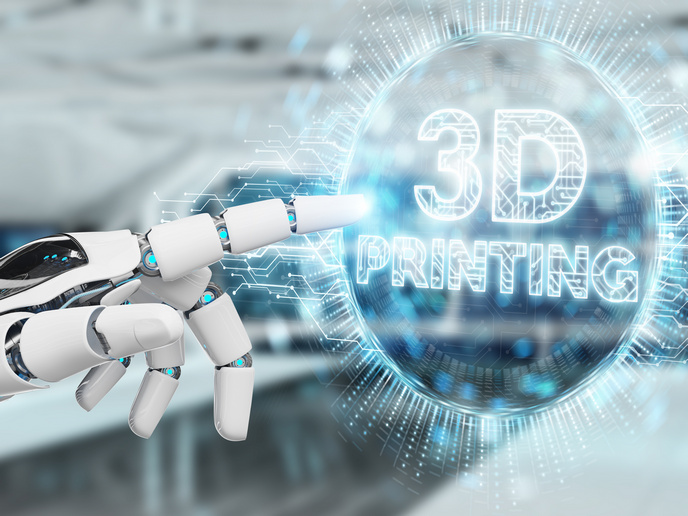Multi-material additive manufacturing tech hits European Innovation Radar
EU-funded MULTI-FUN project partners Cranfield University and its spin-off tech company WAAM3D have been recognised by the European Commission’s Innovation Radar for their contribution to multi-material additive manufacturing (AM). The two British partners received this recognition for creating multi-material add-on software for WAAM systems. WAAM is a production process used to 3D-print or repair metal parts. Although metal AM technologies’ versatility enables to produce anything from unique parts up to full product series, they are limited to single materials and a small range of alloys. One of the ways in which the MULTI-FUN project aims to improve metal AM performance and efficiency is by introducing multiple functionalities based on novel active materials and developing new structural materials for WAAM. Such materials include high-strength aluminium alloys and low-alloyed steel grades.
Meeting market needs
The multi-material add-on software for WAAM systems was awarded ‘market ready’ status for being technologically mature and because the project partners are very committed to bringing the innovation to market. The software was also seen as addressing the needs of existing markets and customers. “Crucially, the software works straightway with our new plasma-based end-effector, which comes with a twin-wire setup by default,” reports a news item posted on the WAAM3D website. End effectors are peripheral devices such as grippers, process tools or sensors that attach to a robot’s wrist, allowing it to carry out tasks. “The two wire-feeders” used to add filler metal during robotic welding “can be used to supply the same wire, or different alloys,” giving the WAAM robot “multi-material capability.” WAAM3D CEO and co-founder Dr Filomeno Martina comments in the news item: “We are very pleased that our work with Cranfield University is being acknowledged in this area of WAAM. These are exciting times for WAAM and its potential for transforming large-scale metal component 3D printing is only just beginning to be seen in real-world applications.”
The 2023 technology forum
As part of its efforts to broaden the scope of usage for metal AM, the MULTI-FUN project will soon be holding its Speed Tech Forum 2023 event. Participants will have the opportunity to learn about the latest results on several European AM projects and gain better insight on the impacts of upcoming technologies in AM. The Speed Tech Forum is taking place in Leioa, Spain, on 17 March 2023. Those interested can register here. The MULTI-FUN (Enabling MULTI-FUNctional performance through multi-material additive manufacturing) project has brought together 21 academic, research and commercial organisations from across Europe to focus on market-creating innovation and the development of advanced AM materials and equipment. The consortium includes nine European SMEs that are playing a key role in this area, offering a great opportunity to accelerate market uptake. For more information, please see: MULTI-FUN project website
Keywords
MULTI-FUN, additive manufacturing, metal, 3D printing, wire arc additive manufacturing, WAAM, multi-material, Innovation Radar



